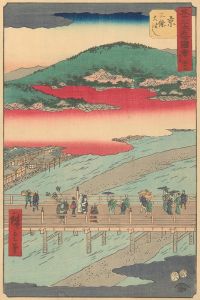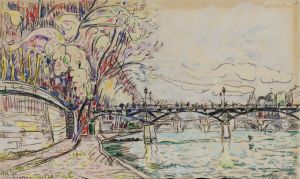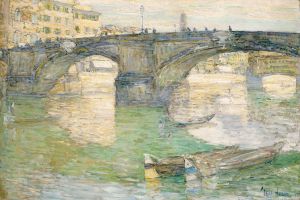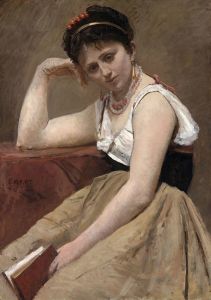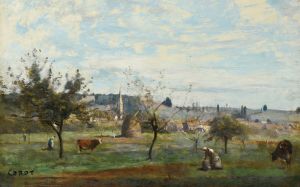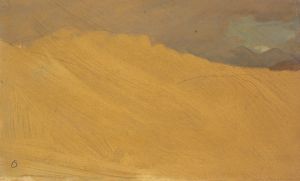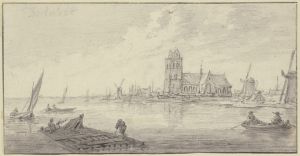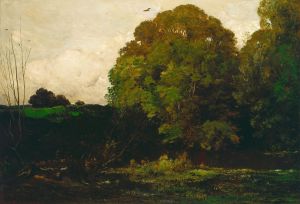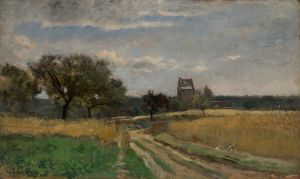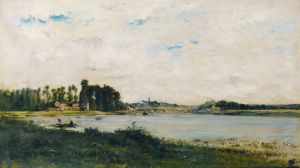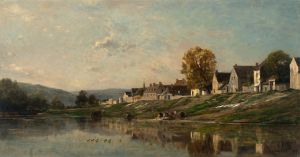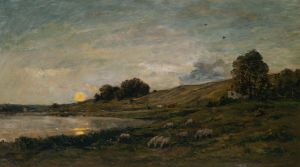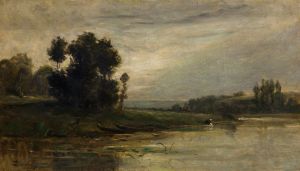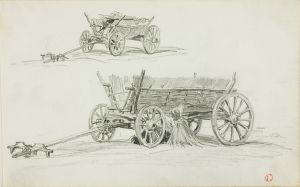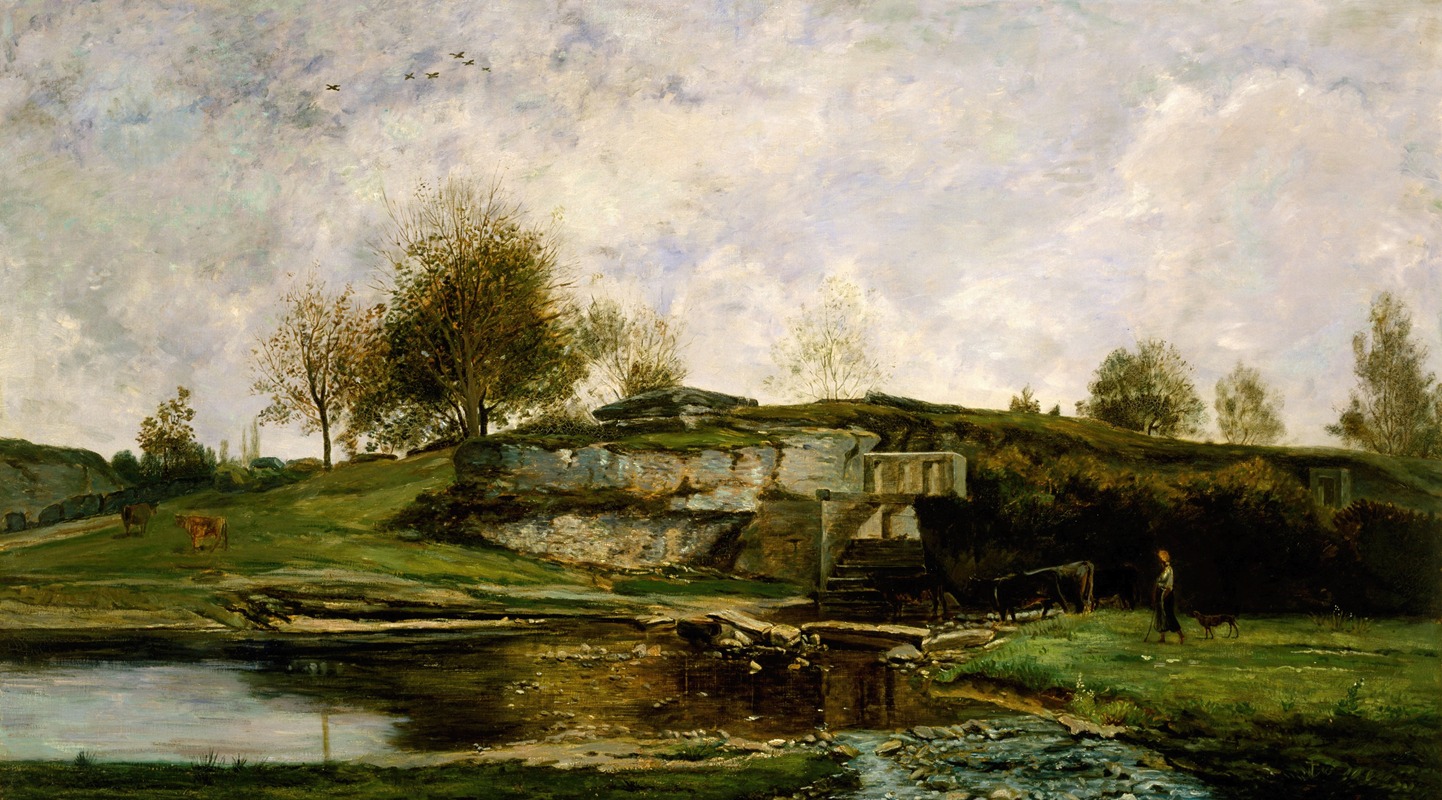
Sluice in the Optevoz Valley
A hand-painted replica of Charles François Daubigny’s masterpiece Sluice in the Optevoz Valley, meticulously crafted by professional artists to capture the true essence of the original. Each piece is created with museum-quality canvas and rare mineral pigments, carefully painted by experienced artists with delicate brushstrokes and rich, layered colors to perfectly recreate the texture of the original artwork. Unlike machine-printed reproductions, this hand-painted version brings the painting to life, infused with the artist’s emotions and skill in every stroke. Whether for personal collection or home decoration, it instantly elevates the artistic atmosphere of any space.
Charles François Daubigny, a prominent French landscape painter of the 19th century, created the artwork Sluice in the Optevoz Valley (La Sluice dans la Vallée d'Optevoz). Daubigny was a key figure in the Barbizon School, a movement that emphasized naturalistic depictions of rural landscapes and paved the way for Impressionism. His works are celebrated for their atmospheric qualities and innovative use of light and color.
Sluice in the Optevoz Valley is an oil painting that reflects Daubigny’s deep connection to nature and his ability to capture the serene beauty of the French countryside. The painting depicts a sluice, a water channel or gate used to control the flow of water, situated in the Optevoz Valley, a region in southeastern France. This area was known for its picturesque landscapes, which inspired many artists during the 19th century. Daubigny often sought out tranquil rural settings like this to serve as subjects for his work.
The painting exemplifies Daubigny’s characteristic style, which often featured soft, blended brushstrokes and a harmonious palette of earthy tones. His approach to landscape painting was innovative for its time, as he frequently worked en plein air (outdoors), allowing him to capture the natural light and atmosphere of the scene with immediacy and authenticity. This technique influenced later Impressionist painters, including Claude Monet and Camille Pissarro.
While specific details about the creation date or current location of Sluice in the Optevoz Valley are not widely documented, the work is representative of Daubigny’s broader oeuvre, which often focused on rivers, streams, and other water features. His fascination with water as a subject is evident in many of his paintings, where he explored its reflective qualities and its role in shaping the surrounding landscape.
Daubigny’s contributions to art were widely recognized during his lifetime, and his works continue to be appreciated for their role in bridging the gap between the Barbizon School and Impressionism. Sluice in the Optevoz Valley stands as a testament to his skill in capturing the quiet beauty of nature and his influence on the evolution of landscape painting in the 19th century.





